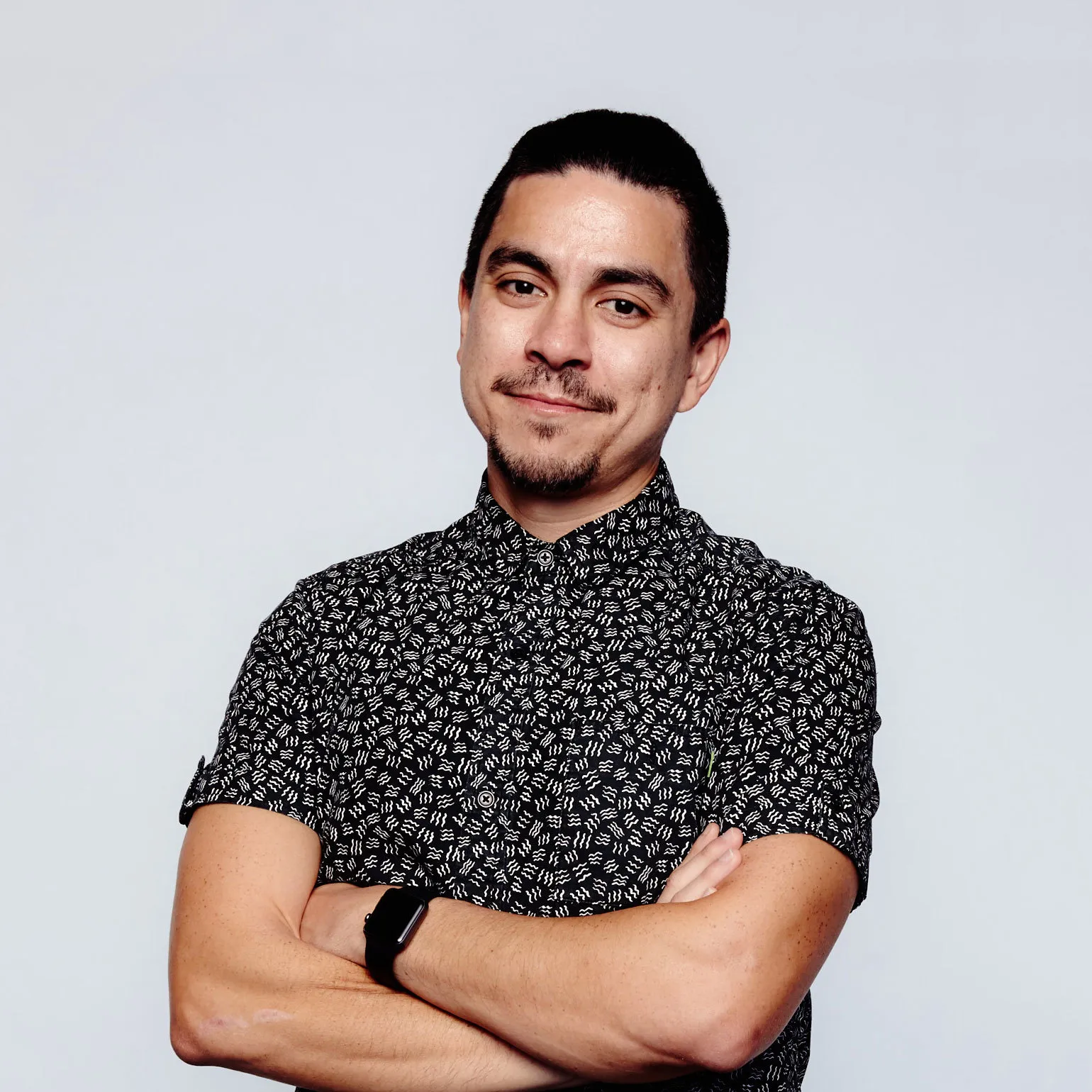The Digital Selves We Leave Behind

A few months ago, my cousin asked me about his digital legacy. He asked how his kids could explore his personal artifacts—his ephemera—in the digital age, when there are no vinyl records, physical photographs, or even MP3s to hand down. In exploring the topic, I soon realized the issue was not the lack of stuff he would leave behind when he passed away, but rather quite the opposite. Today, a digital information overload is present for almost all of us.

As the techie of the family, I’ve taken on the role of digital archivist for two close loved ones we’ve lost over the years. My brother died in 2003, and 15 years is a very long time ago in technological terms. Nonetheless, I was able to build an archive of his photos, MP3s, school papers, personal documents, and other digital fragments. I felt closer to him because of this.

Today of course, we have social media, and it’s a cultural trope to say that we live out our lives publicly on it. But social data only represents a limited and curated self that we share with the world. Our digital footprint is vast. Beyond our social data, we have our emails and chat histories, the photos and videos we take, the photos and videos others take of us, and our web searches—all of which are rich with metadata, including time, date, and location.
IBM estimates that humanity is generating 250 billion gigabytes of data every single day, and that 90 percent of all the data ever created by mankind has been generated in the past two years alone. In just two years, we’ve surpassed the volume of the entire record of human knowledge from cave paintings up until the end of 2015.
Consider that we’ve only had photographs for a few generations. I can look back at this photo of my young grandfather and his rugby team in County Sligo, Ireland, but we have no photos of his grandfather. Until quite recently, most of humanity never had any record of how their ancestors looked—something we take for granted today. Even the written word was not always ubiquitous; just 200 years ago it’s estimated that only 12 percent of the world’s population was literate.

The digital records for people over a certain age are inherently incomplete, but the younger you are, the more complete your picture is, whether you created it yourself or it was captured by your parents as they documented your childhood to share with Grandma. In the historical blink of an eye, our digital footprints have gone from spotty to distinct—a complete picture of our online lives.
This begs the questions: What if we left our digital footprints behind intentionally? How might we curate, filter, or amend our digital records as we plan for our own end of life?
There are a number of emerging technologies and techniques that can help us design our digital afterlives. If you’re interested in training a chatbot to mimic you, you can begin today with Replika.ai, a bot that learns to be more like you the more you use it. The team behind it has even open-sourced their underlying chat tech on GitHub.
VocalID is a company that allows people to preserve their vocal legacy by recording a set of voice samples. Its primary customers are people who lose their voices—for example those with ALS or Parkinson’s. Could people give these voice samples to family members after their deaths, or request that their voices die with them?
Beyond text, researchers at the University of Washington have shown that with a broad enough set of video samples, we can train an AI to create entirely new video clips of the same subjects. And emerging technology called “deep fakes” can use machine learning to swap faces in online videos.
Synthesizing Obama: Learning Lip Syncing from Audio. University of Washington.
The collision of our immense datasets with rapidly advancing abilities in machine learning is not only inevitable, it’s happening now. Roman Mazurenko is a digital avatar of the real Roman built by one of his grieving friends after his death. Anyone can download it/him from the app store.
This is not about the singularity or transhumanism; I’m not talking about uploading my consciousness to the cloud to create Virtual Sean. But rather, how might our loved ones experience us differently after we pass?
In the future, we’ll have new ways to preserve more bits and pieces of ourselves— our voices, photos, texts, etc.—and new ways for our loved ones to experience this ephemera. There will be new challenges as well. Much of the data we create is invisible to us and is not under our direct control or ownership. When we pass, this data will live on, whether we like it or not.
I expect that you might be simultaneously intrigued and concerned by this topic; that’s to be expected. But just as we must one day face the end of our lives, we must also grapple with our digital identities and digital legacies.
Let’s get the dialogue started.

Get in touch



